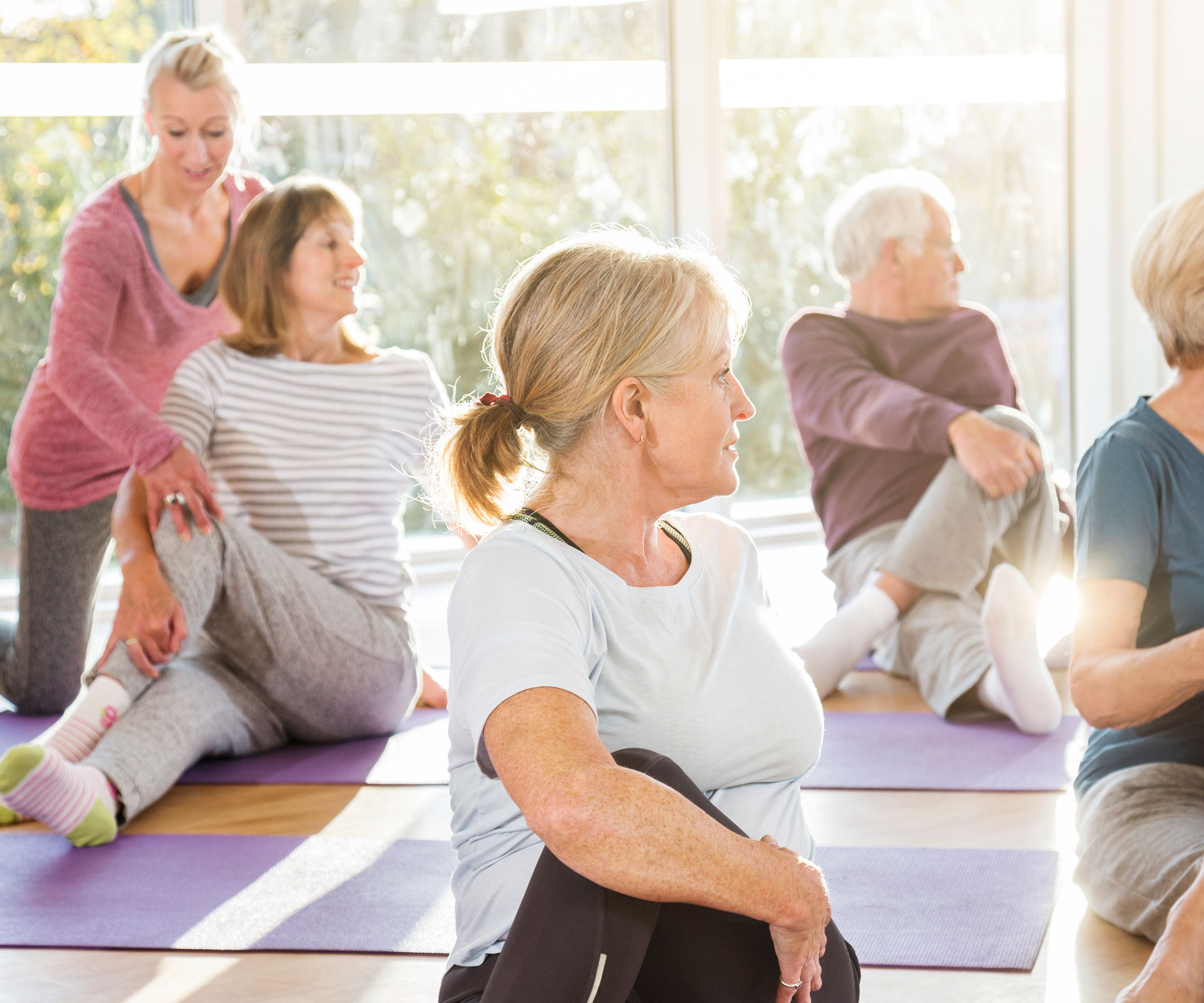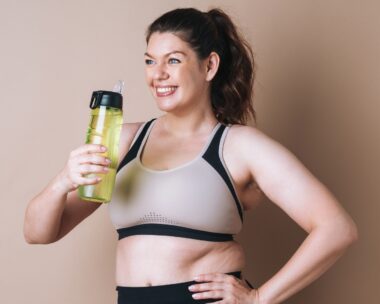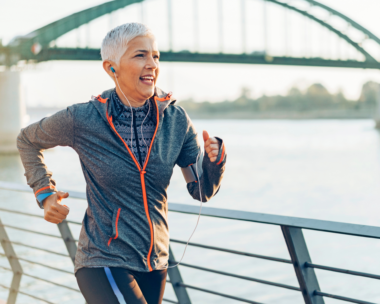There are many health benefits associated with yoga – and just about as many different forms of yoga. But which one is right for you? Take your pick, and enjoy the various health benefits of this exercise.
Health benefits of yoga
Lowers blood pressure
Increases bone density
Improves strength and flexibility
Eases chronic pain
Speeds recovery from injury
Improves breathing
Promotes relaxation and eases stress
Tones muscles
If you’re thinking about giving yoga a try but have no idea where to start, here is a guide to some of the most commonly practised types.
Hatha yoga
Good for: Relaxation and relieving stress.
Try it if: You’re a beginner and want to get a feel for yoga and what it involves.
Hatha means any practice that combines poses with breathing techniques. The goal is to develop flexibility and balance while integrating breath into every movement. Classes tend to be slower paced and the poses less complicated, so it is good for beginners to try hatha yoga first. You can go at your own pace, which also makes it easier.

Iyengar yoga
Good for: Anyone with an injury or medical condition who wants to improve their well-being, for example, people with back problems.
Try it if: You’re just starting out, and want to improve your strength and build up your flexibility.
One of the most commonly practised forms of yoga, Iyengar is good if you are fairly new to yoga and want to concentrate on getting the positions correct. It teaches the classic yoga poses and there is a lot of focus on symmetry and alignment. If you know that you’re not particularly flexible, don’t worry – you can use blocks, straps and bolsters to help you achieve the positions.
Ashtanga yoga
Good for: Athletes and people who’ve done quite a lot of yoga before.
Try it if: You are strong already or are prepared to tackle this more than once a week to build up your strength.
Ashtanga is the most physically challenging and vigorous type of yoga. You typically do around 70 poses in a one-hour to 90-minute session, which are usually more difficult than poses performed in other styles. You move from one pose to another in a continual flow, inhaling and exhaling as you go. There’s more focus on building strength and stamina and less on meditation.
Bikram yoga
Good for: Building flexibility.
Try it if: You feel like you need to stretch more.
Also known as “hot yoga”, Bikram yoga studios are heated to 38˚C or more, so it can feel like you are in a sauna. The
heat loosens muscles, therefore increasing your ability to stretch. It also helps to release toxins. Bikram focuses on 26 poses performed in a particular order, and is very demanding due to the combination of physical poses and the heat. Be careful not to eat too soon before your class – the heat, combined with a full stomach, can make you feel nauseous. It’s also important
to make sure you stay hydrated.
Kundalini yoga
Good for: Dealing with stress and anxiety.
Try it if: You don’t mind having to chant.
Kundalini yoga was developed to calm the mind and energise the body thanks to movement, breathing, visualisation and the chanting of mantras. The goal is to release energy that kundalini followers believe is stored at the base of the spine. It’s the most spiritual form of yoga. It is said to be good for people struggling to overcome addictions, partly because it releases natural endorphins.
Watch: Miley Cyrus shows off her epic yoga moves




